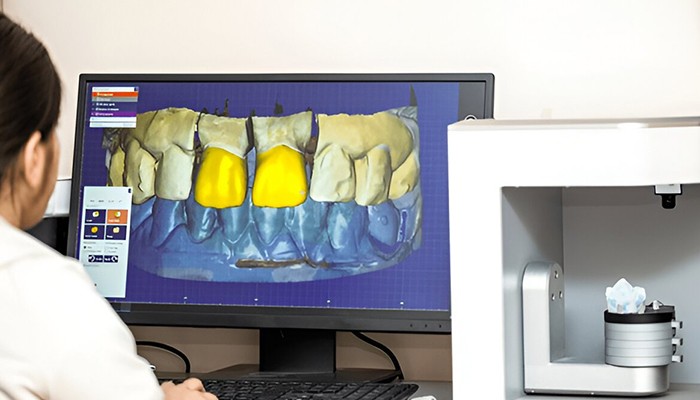The Hidden Side of Exocad: 6 Ways to Maximize Its Power
Exocad is undoubtedly one of the most powerful design software tools out there.
In recent years, digital technologies have led to significant changes in dentistry, particularly in terms of diagnostic accuracy and treatment planning. Digital dental analysis is an innovative method that provides high precision and comfort by utilizing intraoral scanners, 3D imaging, and advanced software. This article examines what digital dental analysis is, its advantages, and its applications, highlighting how it enhances the success of dental treatments and patient satisfaction.

Digital dental analysis is a technique that uses technological devices such as intraoral scanners and 3D imaging systems to capture and model the patient’s oral structure in detail. With the obtained digital models, dentists can comprehensively examine the teeth and gum structures, make accurate diagnoses, and determine the most effective treatment methods (Patel et al., 2021).

Unlike traditional methods, digital dental analysis creates clearer and more precise models. This allows for the accurate detection of cavities, cracks, tartar, and orthodontic issues, improving diagnostic reliability (Kılıç et al., 2020).

Digital models enable dentists to simulate treatment options in advance and observe potential outcomes. This helps doctors select the best treatment method, reduce the risk of complications, and increase success rates (Mangano et al., 2022).

Digital processes significantly reduce the error rate compared to traditional methods. Data-driven digital models enhance the accuracy of diagnosis and treatment processes, leading to improved treatment outcomes and higher patient satisfaction (Joda & Gallucci, 2019).

Compared to traditional methods, digital scanning is much more comfortable. Intraoral scanners significantly enhance patient comfort by providing quick, painless, and non-invasive procedures (Alqhtani, 2023).


Digital dental analysis is a contemporary technology that is transforming modern dentistry. With its ability to improve diagnostic accuracy, treatment planning, and patient comfort, it is expected to become even more widespread in the future.